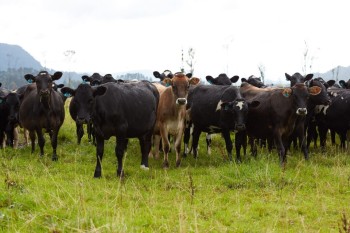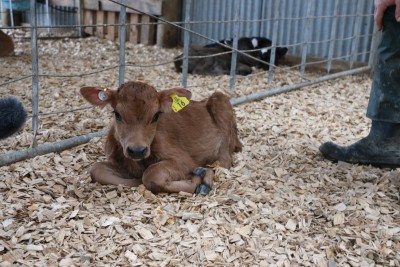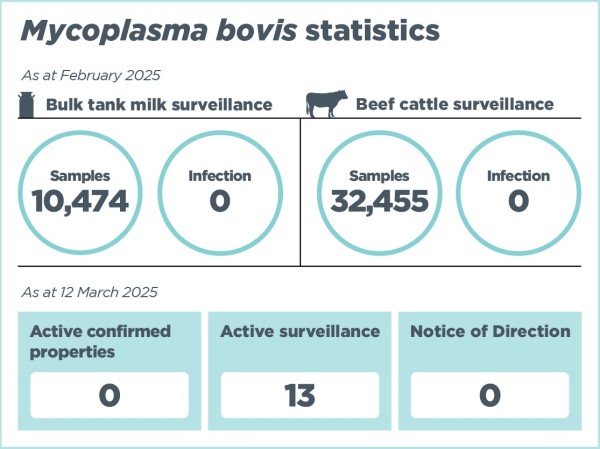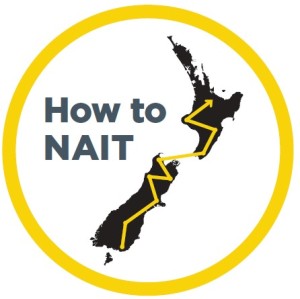 Trial to screen milk for TB
Trial to screen milk for TB
The dairy sector has seen advances in disease management, as well as the benefits to the farm team and the cows, by testing through milk - rather than testing the cow.
Now a trial to find out if it is possible to accurately detect bovine TB infection in bulk tank milk is underway. Known as the Enferplex test, it’s been developed to screen for TB in milk in Ireland.
If successful, the TBfree programme’s herd surveillance strategy can be improved with national coverage of all of the dairy cows every year. The BTM screening tool could also narrow down the on-farm testing to where the disease risk is shown through the results of the milk test. The trial will provide the data needed to confirm if the test is effective in New Zealand conditions and could reduce the need for the skin test on dairy farms.
BTM samples are being collected and tested from every dairy herd in New Zealand. Any positive ‘detects’ (similar to the skin test positive result) will be followed up with on-farm testing and, as it is a trial, another group of dairy farms with negative results will also have follow up on-farm TB tests.
Just like the skin test, it is possible that when screening herds for TB, individual animals can present ‘as if’ infected - for a variety of reasons. So, we do expect a proportion of false positives (there is no disease) to be cleared up through further standard (skin and blood) TB testing at the farm.
We’re aiming to have any on-farm testing completed within the April – 1st June window, and your tester will get in touch to schedule this.
It’s an exciting project that could have a major impact on TB testing in years to come, and we look forward to sharing the findings with you.
If you'd like to know more or have questions, please get in touch by sending an email to DCPITeam@ospri.co.nz.
TB infected herds in New Zealand

 Raw milk for cattle feed - new record keeping requirements
Raw milk for cattle feed - new record keeping requirements
From 1 July, new requirements to track the movement of raw milk, for cattle feed, come into effect. So, we’re keen to work with industry to ensure simple and practical measures are put into place. If you transport or receive raw milk for cattle feed, then the following information will need to be captured in your business or farm records:
- the farm dairy the raw milk came from
- the driver and vehicle carrying it
- the time and date of the delivery
- the total volume delivered.
Raw milk is a way diseases, like Mycoplasma bovis (M. bovis), can be spread between cattle. Access to accurate information is the best way a response team can quickly minimise the spread and impact of disease. So, retaining information about the milk used for feed, and its movements between locations, serves to strengthen on-farm biosecurity, and benefit the wider the sector - should infection be found.
The legislation primarily impacts the transporters and anyone using raw milk to rear calves. However, anyone in the chain (like dairy processors) will need to play their part.
We’ll continue to provide updates, as we work with industry partners on the best ways to meet these requirements when they come into force.

NAIT - let’s get you sorted now for Moving Day
Are you or your cattle on the move this year? Would you like a hand getting your NAIT account ready for the shift? We’re here to help.
Book a 15-minute session with our Support Centre people, at a time that suits you, and they’ll give you a call to get you sorted. These sessions are available from Tues 1st of April - so book now to get a head of the pack!
Please make sure you have your information handy so we can make the most of your time.
Book a session using the link below.

After tagging your animals, the next step is making sure they can be traced throughout their lifetime by registering them in your NAIT account.
If you don’t know how to do this, take five to watch this month’s video!
Let’s walk you through registering animals in NAIT.

